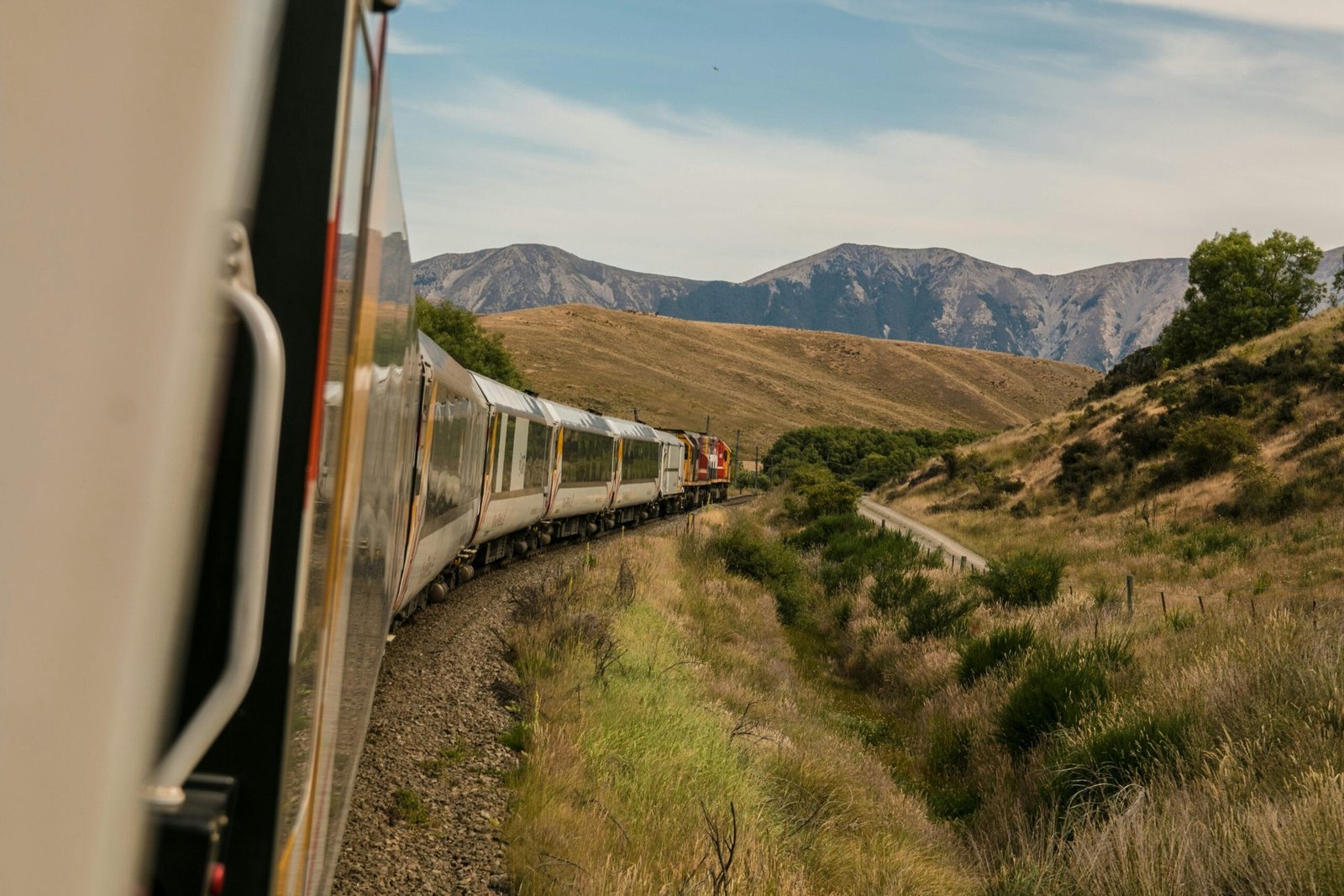The Scenic Journey from Xining to Lhasa: Exploring Asia’s Most Beautiful Train Route
Introduction to the Qinghai-Tibet Railway The Qinghai-Tibet Railway, renowned as Asia’s most beautiful train route, stands as a significant achievement in modern engineering and a testament to human perseverance. This…
Scenic Window Seats on the Tibet Train: A Journey Through Breathtaking Landscapes
Introduction to the Qinghai-Tibet Railway The Qinghai-Tibet Railway ranks as one of the highest railway lines globally, offering unique vistas of unspoiled landscapes, majestic mountains, and vast plateaus. Spanning approximately…
Journeying from Shanghai to Lhasa: Train Adventures on the Tibet Rail
Introduction to the Shanghai to Lhasa Train Journey The train journey from Shanghai to Lhasa represents a remarkable feat of engineering and an unparalleled travel experience that attracts many adventurers…
Beijing to Lhasa by Train: An Epic Adventure
Route Overview The train journey from Beijing to Lhasa, often hailed as one of the most remarkable rail experiences in the world, covers a distance of approximately 3,757 kilometers (2,334…
Chongqing to Lhasa Train Journey: A Scenic Route Through China’s Stunning Landscapes
Introduction to the Chongqing to Lhasa Train Journey The Chongqing to Lhasa train journey stands out as one of the most scenic and culturally enriching rail experiences in China. Spanning…

